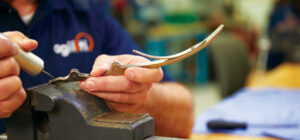Background / Purpose
Immobilized critically ill pediatric patients are at risk for developing pressure ulcers. The most common area for infants to develop pressure ulcers is on the occipital area due to weight distributions. Open heart surgery patients are at greater risk due to the inability to establish a routine turning schedule. Most evidenced-based research in pressure ulcer development and prevention has been based on the adult population. The previous practice for the prevention of pressure ulcers in this population consisted of the use of the standard gel pad of the radiant warmer.
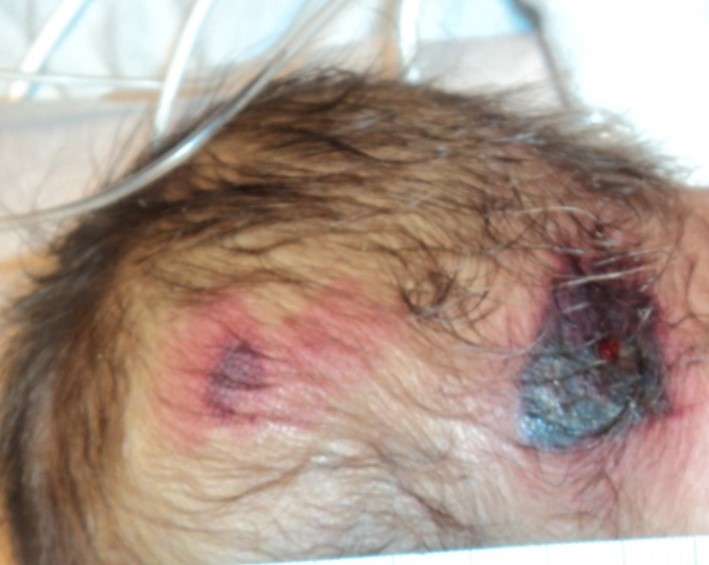

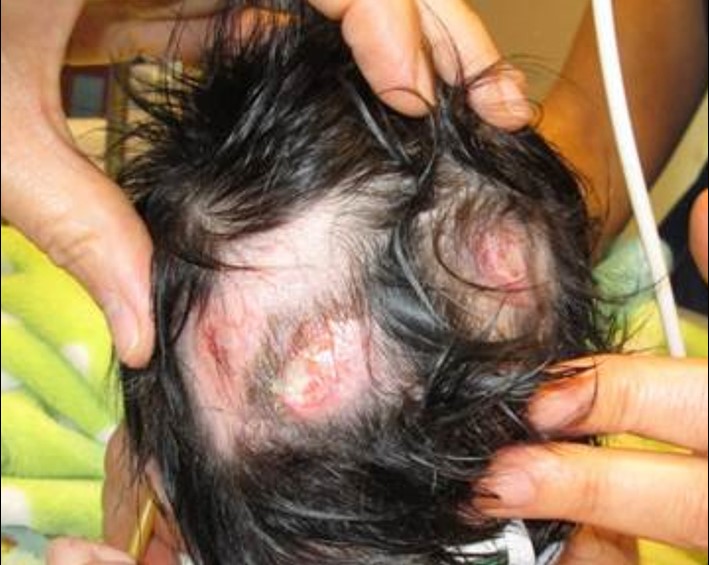
Clinical Intervention
A multidisciplinary Skin Care team, which consisted of the PICU CNS, Registered Nurses (RNs), ECLS Coordinator, Pediatric Heart Center CNS, and the PICU Medical Director met to develop plans and interventions specific to high risk infants in the PICU.
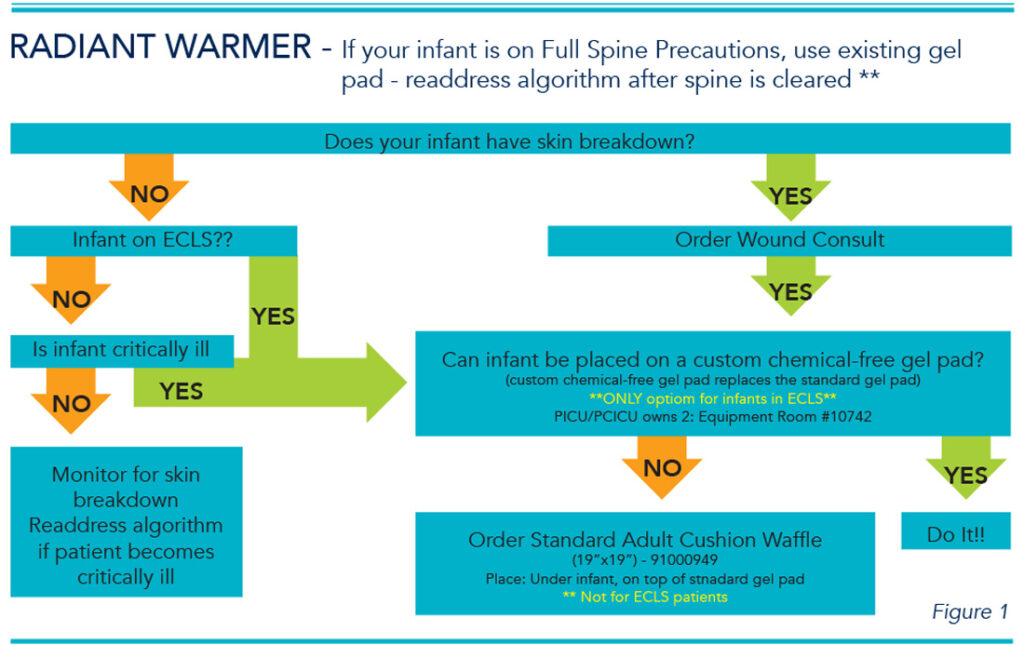
Framework/Model
PDSA – PLAN, DO, STUDY, ACT
Will changing the surface under critically ill infants decrease pressure ulcer development?
PLAN
We pressure mapped the standard gel pad and the custom chemical-free gel pad, comparing at the average pressures, peak pressures, and surface areas of five acutely ill infants.
DO
- Two custom chemical-free gel pads were stocked in the Pediatric Intensive Care Units (PICU) for immediate use for immobilized infants.
- A Radiant Warmer Algorithm was created for bedside RNs to reference. See Figure 1
- The Skin Care team provided education to nurses and physicians and promoted the use of the custom chemical-free gel pad under our critically ill infants.
STUDY
The Skin Care team monitored the patients that were placed on the custom chemical-free gel pad for pressure ulcer development.
ACT
Continue to use the two custom, chemical-free gel pads with critically ill infants. Work with the UC Davis Wound Care Team on an expanded project to pressure map critically ill infants on the different pressure redistribution surfaces for increased data collection.
Outcomes
One year after the combined data collection and interventions, there have been no hospital-acquired pressure ulcers in critically ill infants in the PICU that have been placed on the custom chemical-free gel pad, despite the high risk nature of this patient population.
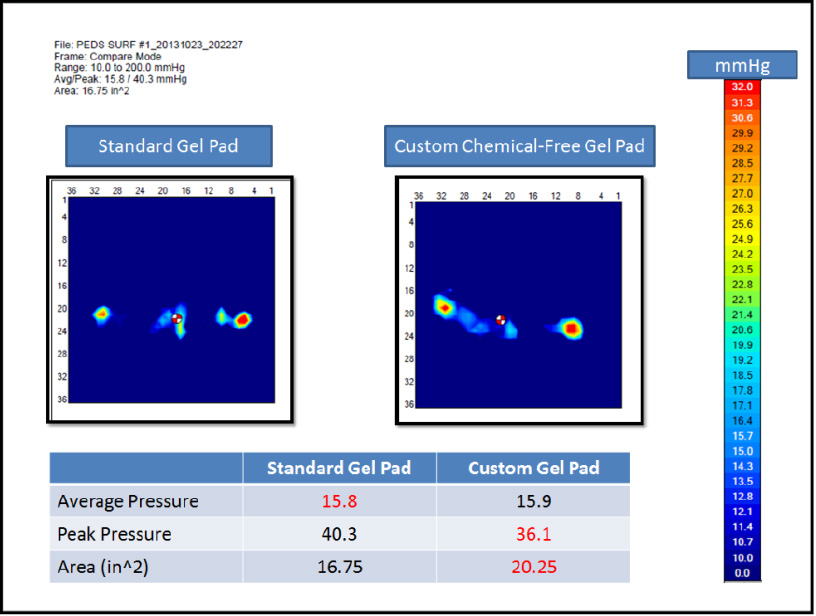
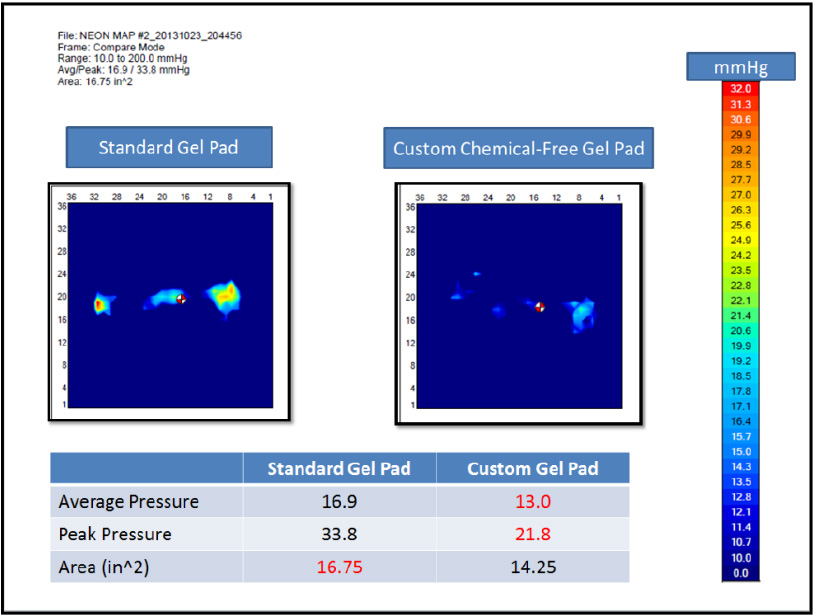
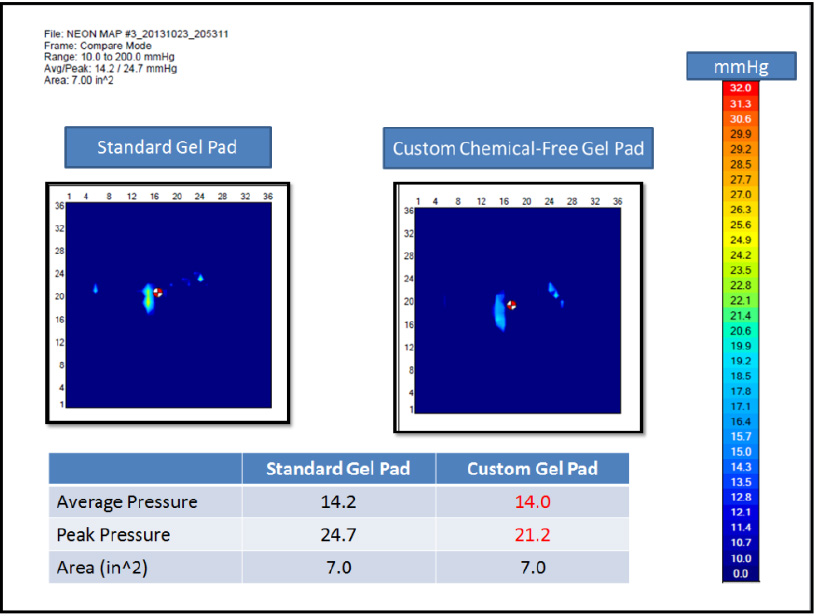
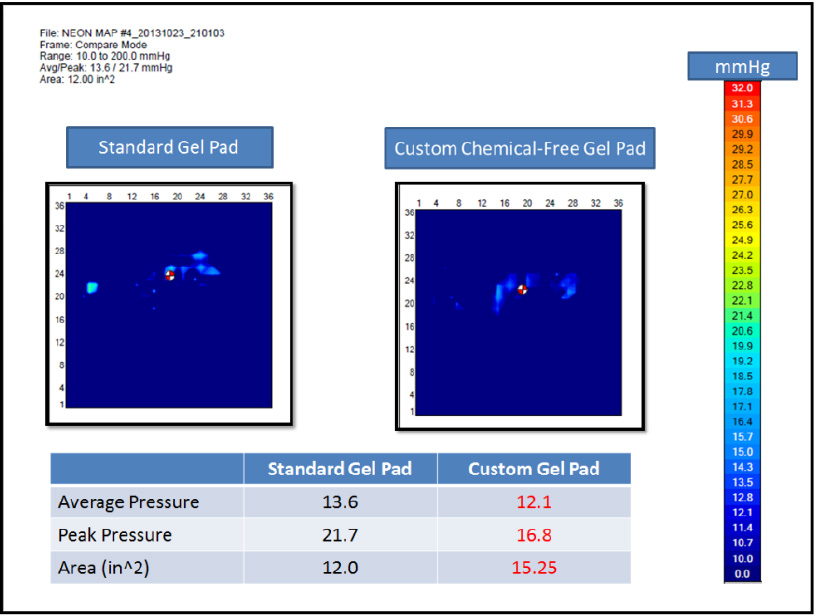
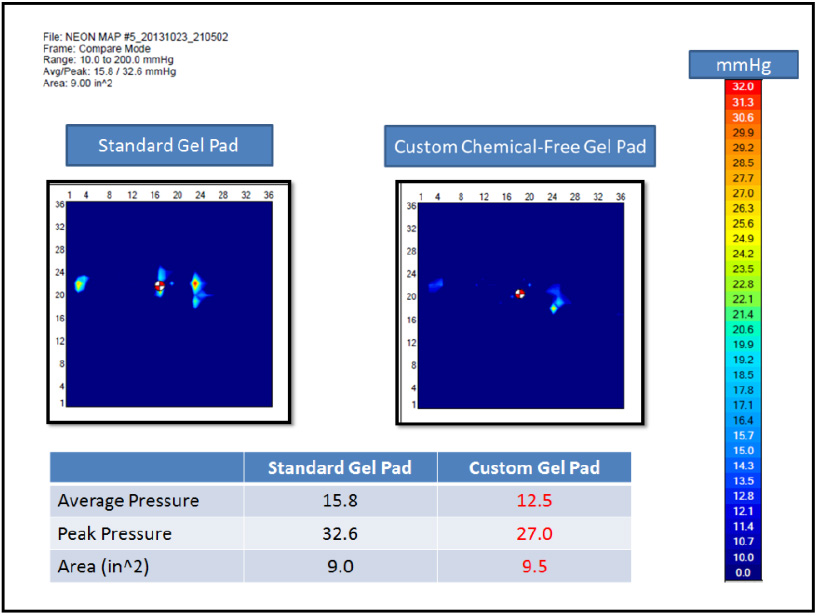
Click images to enlarge
Conclusion and Implications
Immobilized critically ill pediatric patients continue to be at risk for developing pressure ulcers on their occipital area due to weight distributions. The use of the custom chemical-free gel pad is one intervention we have adopted in the PICU. More research and data collection in pressure ulcer development and prevention is still needed.
